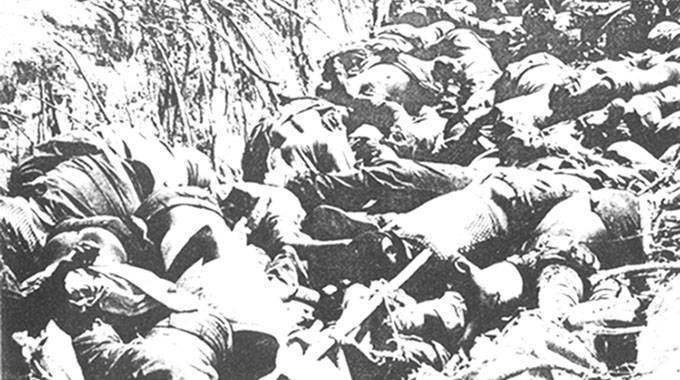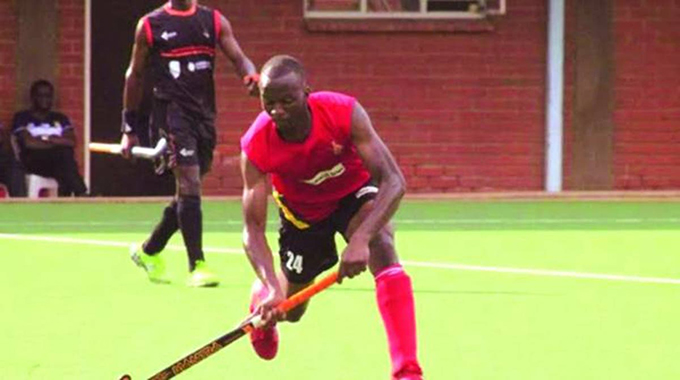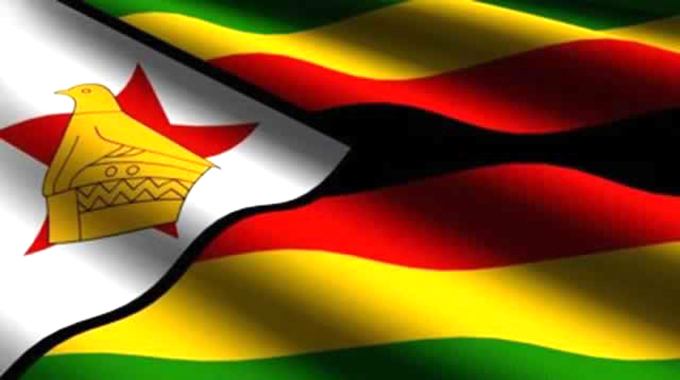Chimoio massacre victim’s remains reburied

The Herald, 23 August 2017
THE remains of a Chimanimani liberation war fighter, who died during the November 23, 1977 Chimoio massacre by Rhodesian troops were properly buried in Gudyanga Village last week.
Misheck Gudyanga, better known as Cde Tafirenyika Muhondo during the liberation struggle, died at the age of 24. He was buried in a mass grave in Chimoio.
It is said 36 years later, Gudyanga’s spirit manifested through his 43-year-old sister, Mary Gudyanga. The spirit demanded proper burial in Gudyanga Village under Chief Muusha.
Mary stayed in Mozambique where she was married.
The spirit instructed Mary to alert the family that Misheck wanted a decent burial. The family took time to act. They only took action following strange happenings in the family.
On August 11, the family went to Chimoio, accompanied by the Fallen Heroes Trust of Zimbabwe (FHTZ), Zimbabwe National Army and war veterans, where they collected the remains.
They were buried in Gudyanga Village last Friday. Peter Gudyanga, Misheck’s brother said:
“In Chimoio, Misheck’s spirit manifested again on my son, who is also his namesake. It gave us directions, leading us to one of the mass graves where he was buried.
“He ordered us to collect soil from where he died and place it in a coffin so that we could rebury him in Gudyanga. Zimbabwean spirit mediums helped us through the whole process”.
Peter said the family was happy they fulfilled their brother’s wish.
“We are glad that everything that we did was in line with my brother’s wish and as a family we do believe that his spirit is now at rest,” he said.
LESSONS FOR TODAY
The escalation of the guerrilla warfare resulted in the intensification of heinous attacks by Rhodesian forces against both the Zimbabwe African National Liberation Army and Zimbabwe People’s Revolutionary Army in Mozambique and Zambia between 1977 and 1979 when the Lancaster House talks were in progress.
November 23 to 25 is a dark period in Zimbabwe’s liberation history, because it was during this period in 1977 that the Rhodesian security forces conducted their gruesome operation code named Operation Dingo against Zanla combatants.
The Chimoio massacre at Zanla’s largest camp in Mozambique and Tembue massacre, respectively, killed thousands of liberation fighters — men, women and children. Thousands more were wounded.
The remains of those killed at Chimoio were buried in about 20 mass graves. The same scenario obtains in Zambia. Some unmarked graves continue to be identified, and the remains of the combatants are interred with dignity.
Some of the targets at Chimoio camp were Zanla’s Chief of Defence General Josiah Magama Tongogara and his second in command, Cde Rex Nhongo (Gen Solomon Mujuru), but they managed to escape.
Following the downing of the Air Rhodesia Viscount by Zipra forces in February 1978, the Rhodesian forces on October 19 1978, carried out a heartless attack at Mkushi Camp in Zambia where Zipra female combatants were stationed.
Although August is the month when Zimbabwe honours and remembers its heroes and heroines, attacks like the Chimoio, Tembue and Mkushi massacres should be immortalised as part of the country’s heritage.






Comments